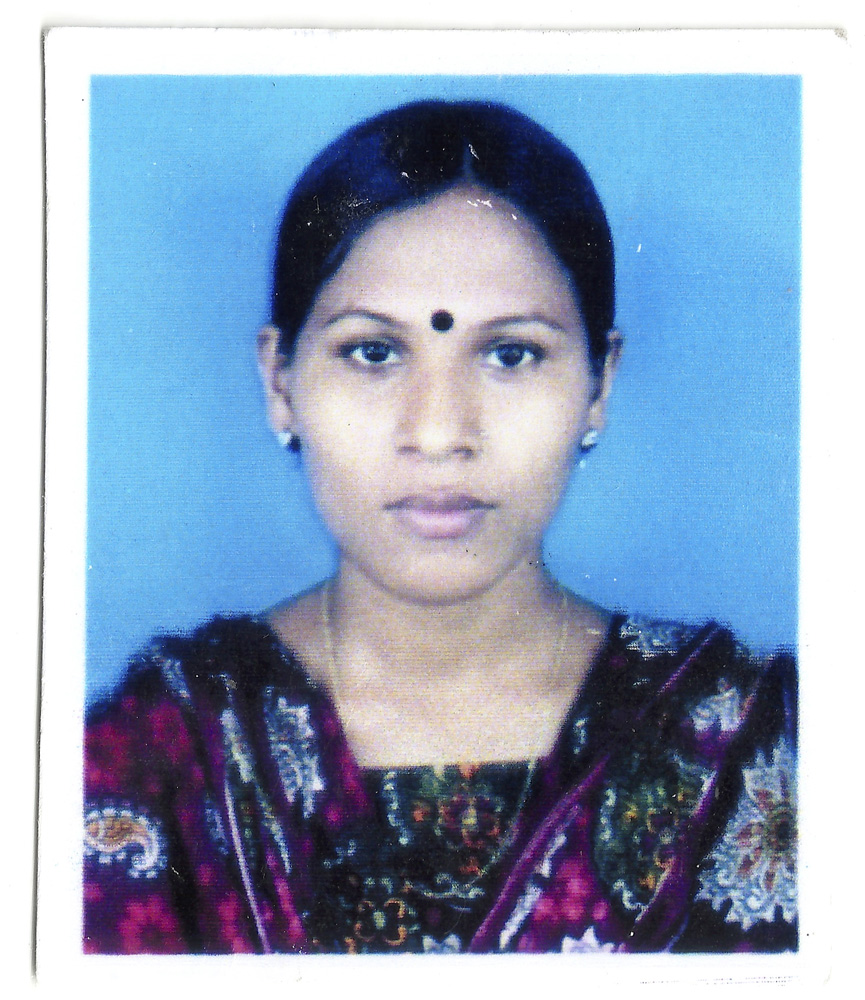
Missing: Shomapti, 20
By Ayon Rehan & Taslima Akhter
March 28, 2014
Translation Dhrubanil Bhattacharjee
Runa Rani Das and her two daughters used to work in Ethartex in Rana Plaza. Shomapti was the older sister, and Preeti, the younger one. Right before they started working [on the day of the collapse], the manager declared over the microphone: “Don’t worry; everything will be fixed with the help of a foreign engineer. Everyone get back to work.” Runa Das was angry and scared as well. She took one long look at her daughters and began working. Suddenly, she felt the floor beneath her moving away. And with that, a thunderous sound. Before she could realise what was happening, she grasped her younger daughter. She cannot remember anything beyond this or how she and Preeti were saved from the ruins of Rana Plaza. But she couldn’t find her eldest daughter, Shomapti, anywhere. She looked for her everywhere, but she could not find her, could not even arrange a funeral for her. When she did not find her daughter’s name in the first phase of DNA reports, Runa Rani became disillusioned; but she found her name, at long last, in the second DNA report. Her identification number was DMC 315. The second phase DNA report was published on February 18, ten months after the collapse of Rana Plaza. She went to Jurain to find her daughter’s grave. She thought she would bring back a handful of soil from the grave to complete the funeral. But alas! As luck would have it, her daughter was nowhere to be found. Did anyone take away Shomapti by mistake? Finding no grave, she at last took a handful of soil of Jurain graveyard as a symbol. In Hindu tradition, funerals must be completed within a month of the day of death. But Shomapti’s family were forced to wait ten months, unsure of her death. At last, though the DNA report did finally confirm that Shomapti was no more, the family could not decide how to complete the funeral, as no grave was found. As per the Brahmin’s (Hindu priest’s) suggestion, they fasted for three days and completed the funeral on the fourth day. First they called upon the Brahmin to remember the ancestors and carry out “Pindidana” (a Hindu funeral ritual seeking salvation for the dead from the cycle of rebirth), and then the rest of the funeral rites were completed. Many were present at the funeral. The family invited all those who had helped in the search for Shomapti. Shomapti was 19 or 20 years old. She had been working at Rana Plaza for a year. She came to Dhaka from Sunamganj only two years ago. Runa Rani and her younger daughter Preeti are lucky to be alive, but they have to spend the rest of their lives without Shomapti. When asked what she set afloat on the rivers, as per a Hindu tradition, if she could not find the grave, she replied, “What to do? I couldn’t find the grave. For some peace of mind I took some soil from the Jurain graveyard and set that afloat in the river.” In a clay pot she, along with her acquaintances, took the soil to the river and set it afloat, saying, “What was to happen has already happened. May the girl now cross the river properly and reach the heavens.” Shomapti (20) Ethartex, 5th Floor, Sewing Operator, B Line Mother: Runa Rani Das, Father: Rohini Das Village: Swadeshsri, P.O.: Kadirganj, Thana: Solla, District: Sunamganj DNA Serial: DMC 31, (No grave with this number was found) Back